A leaking tooth filling happens when the seal around the filling breaks, letting in food and bacteria. A leaking tooth filling can cause several symptoms. These symptoms are important to recognize early so you can avoid complications. In this article, we’ll explain the signs of a leaking filling and why you should get it replaced.
Table of Contents
ToggleWhat Is a Leaky Filling?
A leaking tooth filling happens when the filling doesn’t fit tightly against the tooth anymore. This creates small gaps where food and bacteria can get in, and cause tooth decay and infection. If you don’t fix leaky dental fillings Phoenix, it can cause pain and bigger dental problems.
5 Tooth Filling Leaking Symptoms
When a tooth filling starts to leak, there are several signs you may notice. Each of these signs indicates that your filling is no longer providing the protection it should. Below, we tell you the most common signs.
Tooth Sensitivity
Tooth sensitivity is one of the first signs of a leaking tooth filling. When the seal breaks, sensitive areas of your tooth may be exposed to hot, cold, or sweet foods. This can cause discomfort or pain, especially when you eat or drink. If your tooth becomes more sensitive in certain areas, this may be a sign that your filling is no longer properly sealed.
Visible Gaps
A visible gap between the filling and the tooth is another clear sign of a leaking filling. Gaps can develop around the edges of the filling due to natural wear or the filling shrinking over time. These gaps create space where food particles and bacteria can get trapped. If you can see or feel a gap around your filling, it’s a good idea to get it checked.
Pain or Discomfort
Feeling pain, especially when chewing or applying pressure to the tooth could be another sign. As the gap allows bacteria to enter, your tooth may become inflamed or infected. You might feel pain when biting or chewing, or even when touching the filling area. This discomfort can range from mild to sharp, and it’s a clear indication that the filling needs attention.
Discoloration
If your tooth starts to show discoloration near the filling, it could mean the filling is leaking. You might notice the tooth turning darker or having a yellowish or brownish tint. This discoloration happens because bacteria or decay are entering the tooth, and the area around the filling starts to deteriorate. If you notice any change in color, it’s time to get your filling replaced.
Bad Breath
Bad breath can be another symptom of a leaking filling. If your breath smells bad even after brushing, this could be because of a leaking filling. Bad breath can be a sign of deeper issues, like decay or infection, that may require dental treatment.
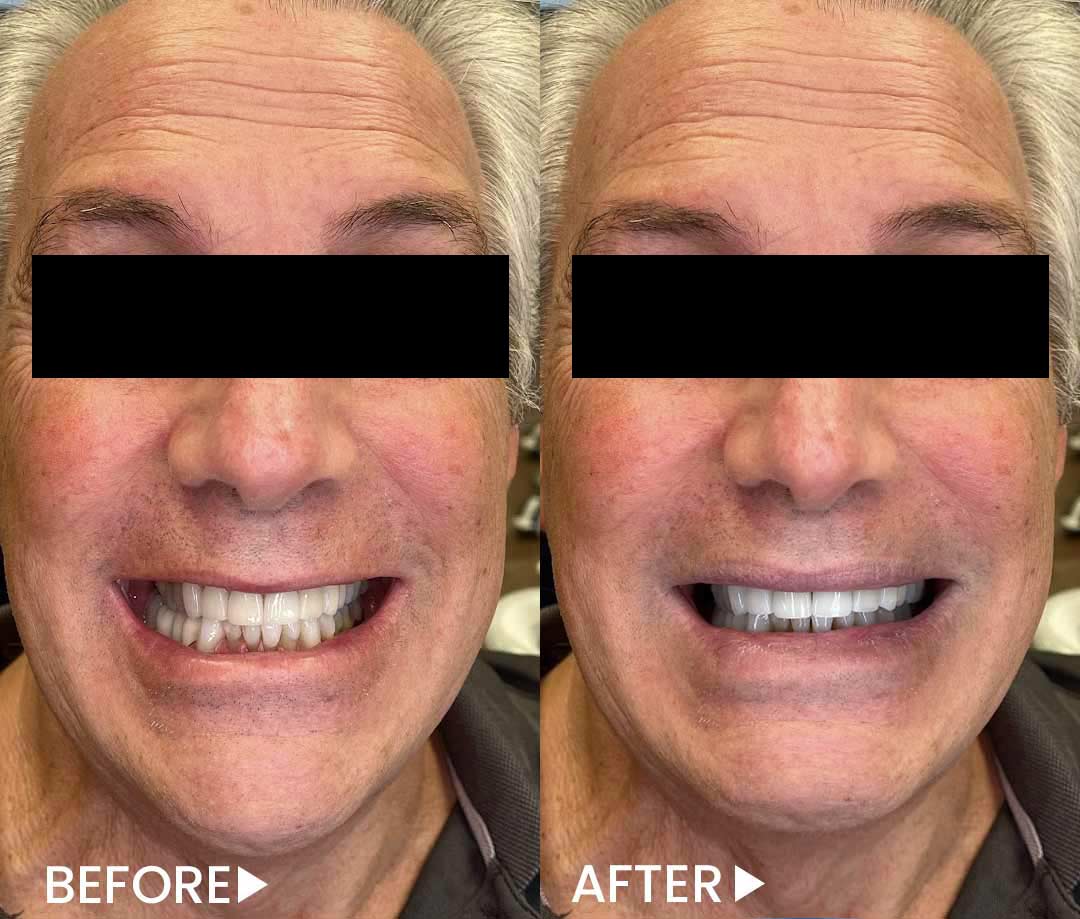
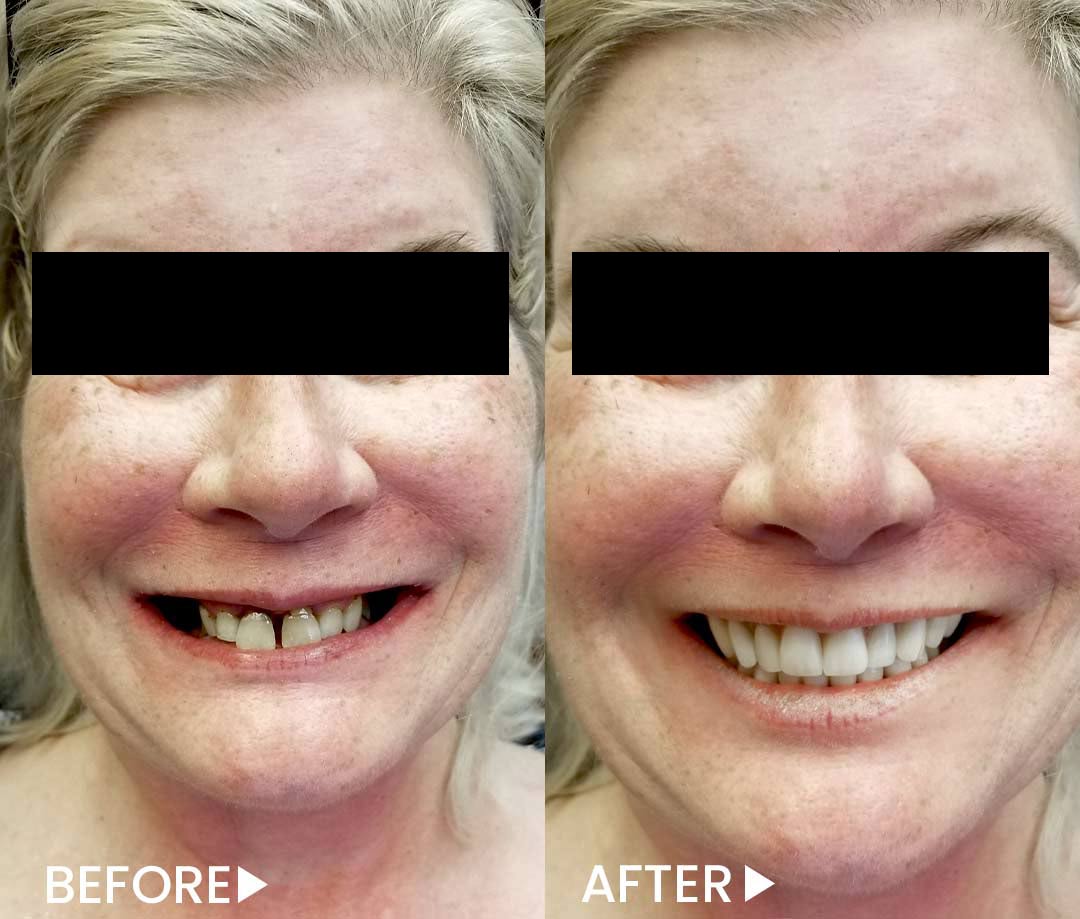

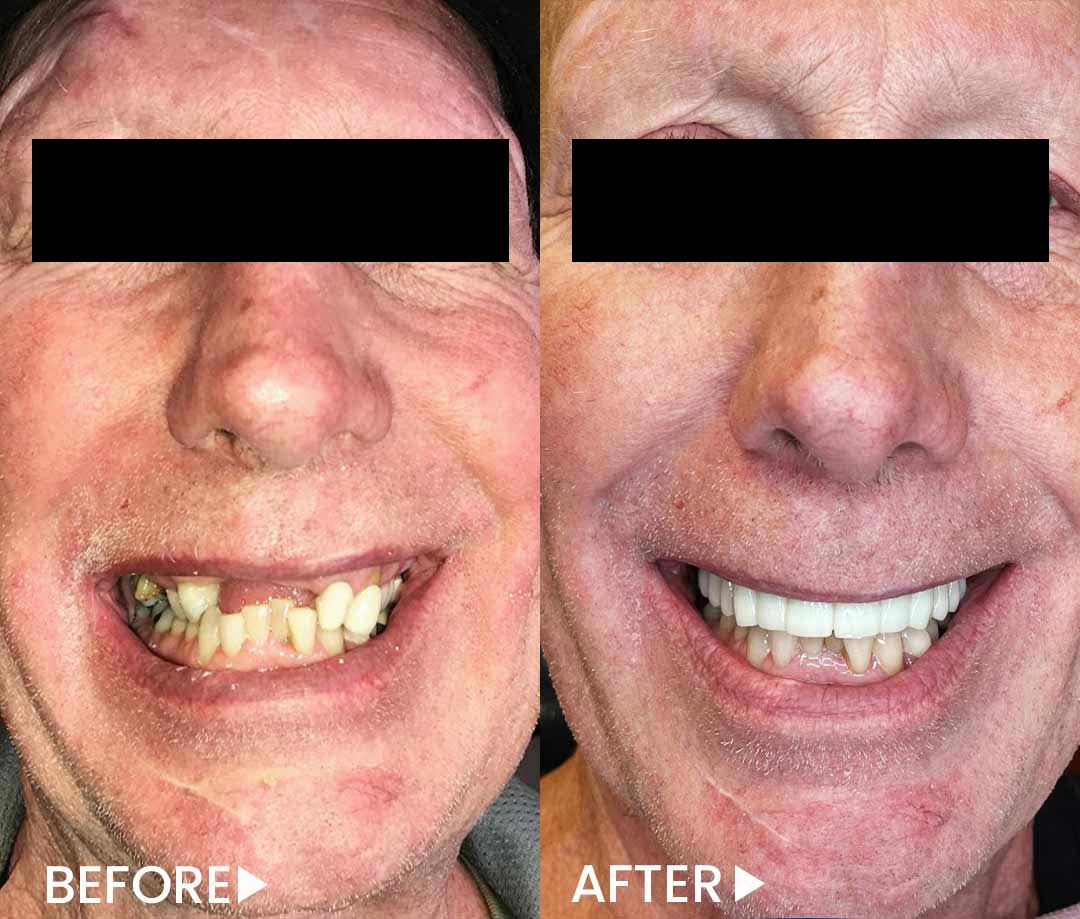

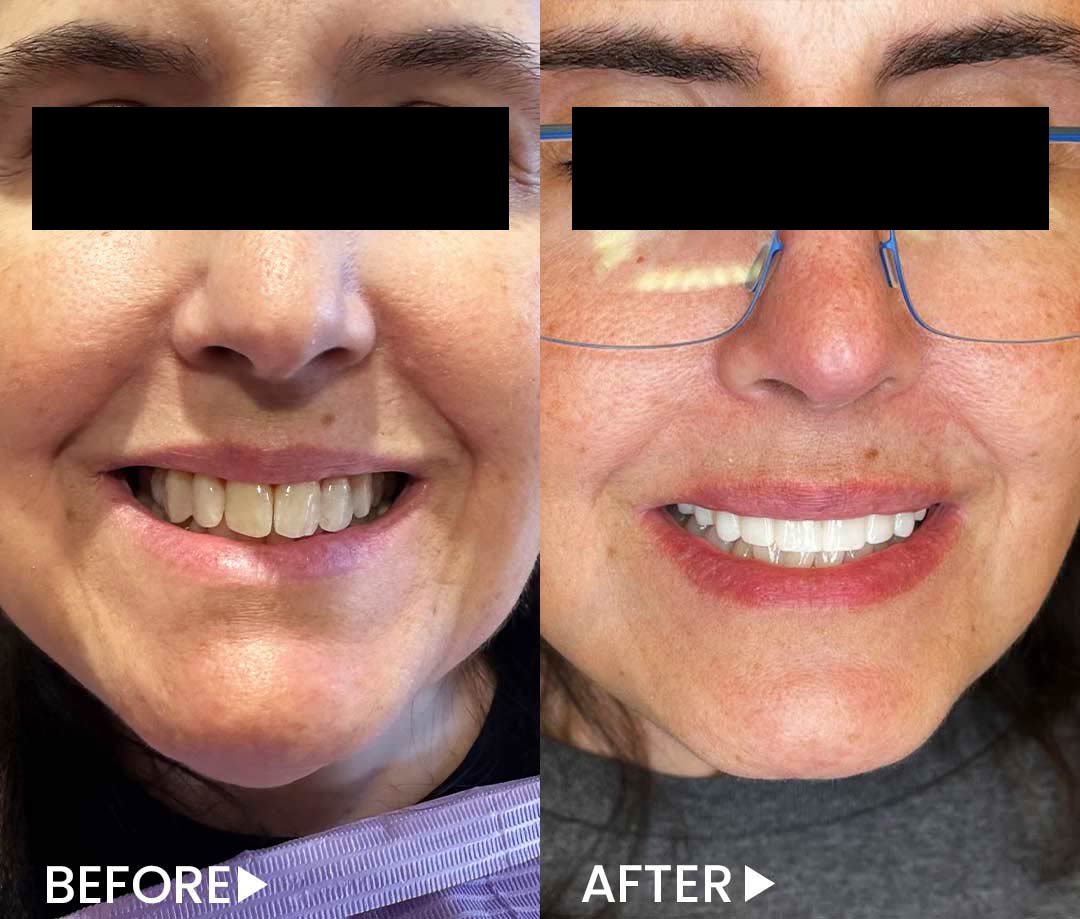
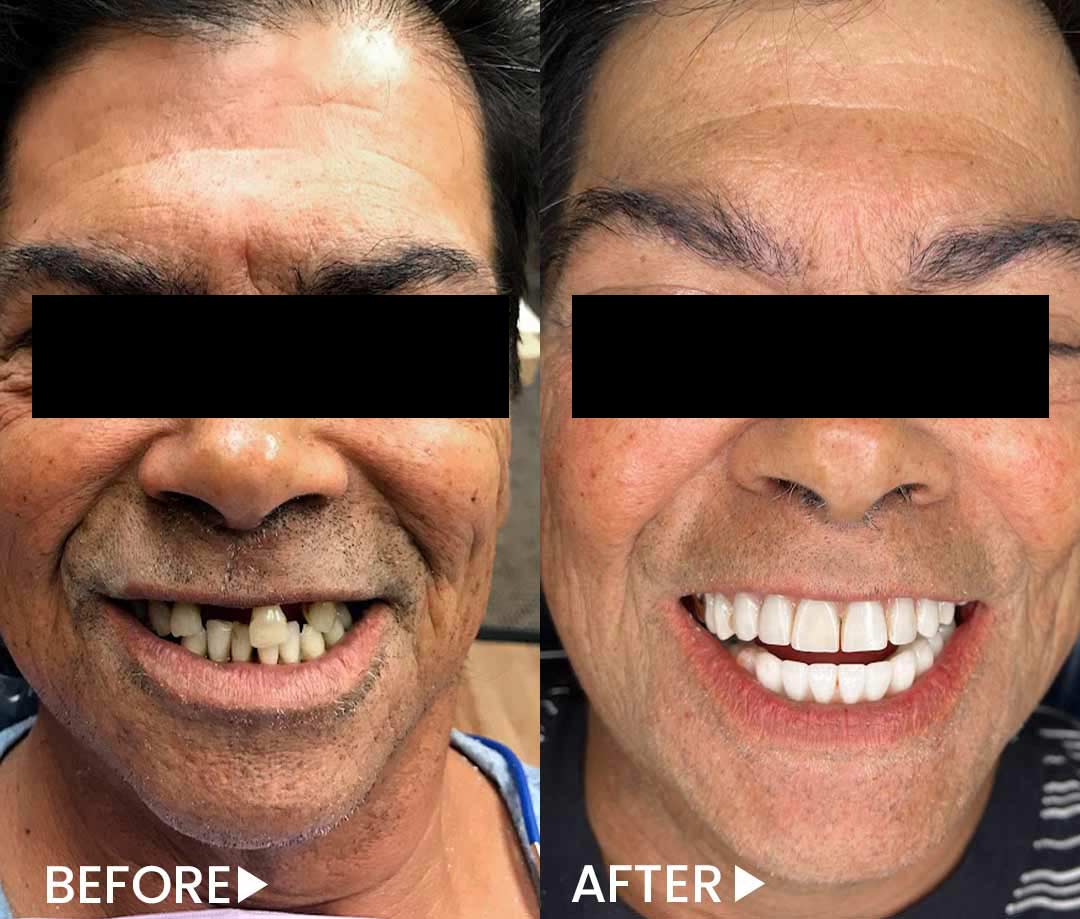



How to Treat a Leaking Tooth Filling?
If your tooth filling is leaking, it means the seal between your tooth and the filling has broken. Getting it treated as soon as possible is important to avoid further damage. Dentists use different treatments based on your oral condition. Let’s see what treatments they use when it comes to leaking tooth filling:
- When the filling is loose or damaged, the dentist replaces the old filling with a new one to fix the leak.
- If the tooth is too damaged, the dentist may cover it with a crown.
- If the decay has reached the center of the tooth, the dentist may do a root canal.
- In rare cases, the dentist might need to remove the tooth if it’s too damaged.
Is Replacing a Leaky Filling Urgent?
Replacing a leaking tooth filling is important to prevent further damage. If left untreated, a leaking filling can cause more tooth decay, which may lead to an infection. In some cases, this can result in the need for a root canal or even tooth extraction. The sooner you visit a dentist, the easier and less painful the treatment will be.
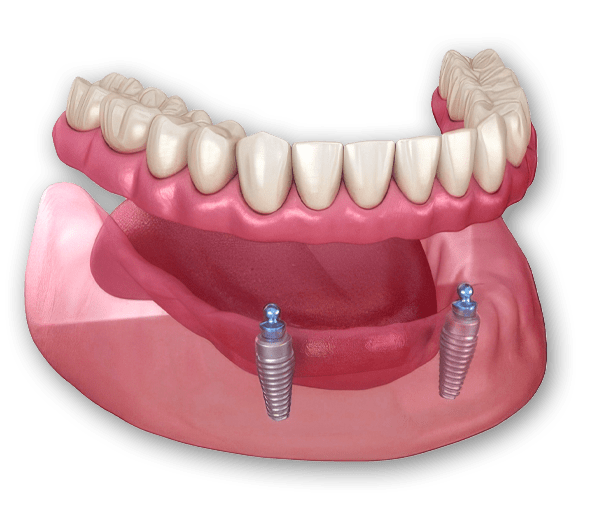
$12,900! $6,900!
- Complete Oral Evaluation
- Cone-Beam CT Scan
- 2 Implants per arch
- Implant Retained Overdenture

$17,900! $11,900!
- IV Sedation
- All extraction
- 4 Implants per arch
- Bone Graft
- Same Day Teeth
Get Your Complementary Dental Implant Exam
(Valued at $495)
Complications from Failing Fillings
Ignoring a leaking tooth filling can lead to several complications:
| Tooth Decay | The bacteria that enter through the gap can cause new cavities to form. |
| Infection | If bacteria reach the inner parts of the tooth, it can cause an infection. |
| Tooth Loss | If the infection or decay becomes severe, the tooth may need to be extracted. |
| Pain | The longer you leave a leaking filling untreated, the more pain you might experience. |
Leaking Tooth Filling: Let’s Recap
A tooth filling leaking can cause serious dental problems if ignored. If you experience tooth sensitivity, visible gaps, pain, discoloration, or bad breath around your filling, it’s important to visit the best dentist Arizona. Replacing a leaking filling quickly will prevent further damage and keep your tooth healthy.
FAQs
Can an abscessed tooth delay or affect getting All-on-4 implants?
Yes, an abscessed tooth must be treated first, since infection can delay or affect All-on-4 implant dental treatment.
Can a leaking tooth filling cause a metallic taste?
Yes, if your filling is made of metal, such as amalgam, a leaking tooth filling can cause a metallic taste in your mouth. This happens when bacteria interact with the metal, leading to a change in taste.
What happens when a tooth filling leaks?
When a tooth filling leaks, food particles and bacteria can enter the gap, causing tooth decay and potentially an infection.
What causes a tooth filling to leak?
Over time, the filling material can shrink or crack, allowing gaps to form. The material might also wear down, especially if it’s exposed to changes in temperature or if it’s been in place for many years.
Can a leaking filling lead to an infection?
Yes, a leaking filling can lead to an infection. Bacteria can enter through the gap, causing infection in the tooth or surrounding gums.
Can a leaking filling be fixed?
Yes, a leaking filling can be fixed by removing the old filling and placing a new one. Your dentist will ensure the new filling properly seals the tooth, preventing bacteria and food from getting in.

